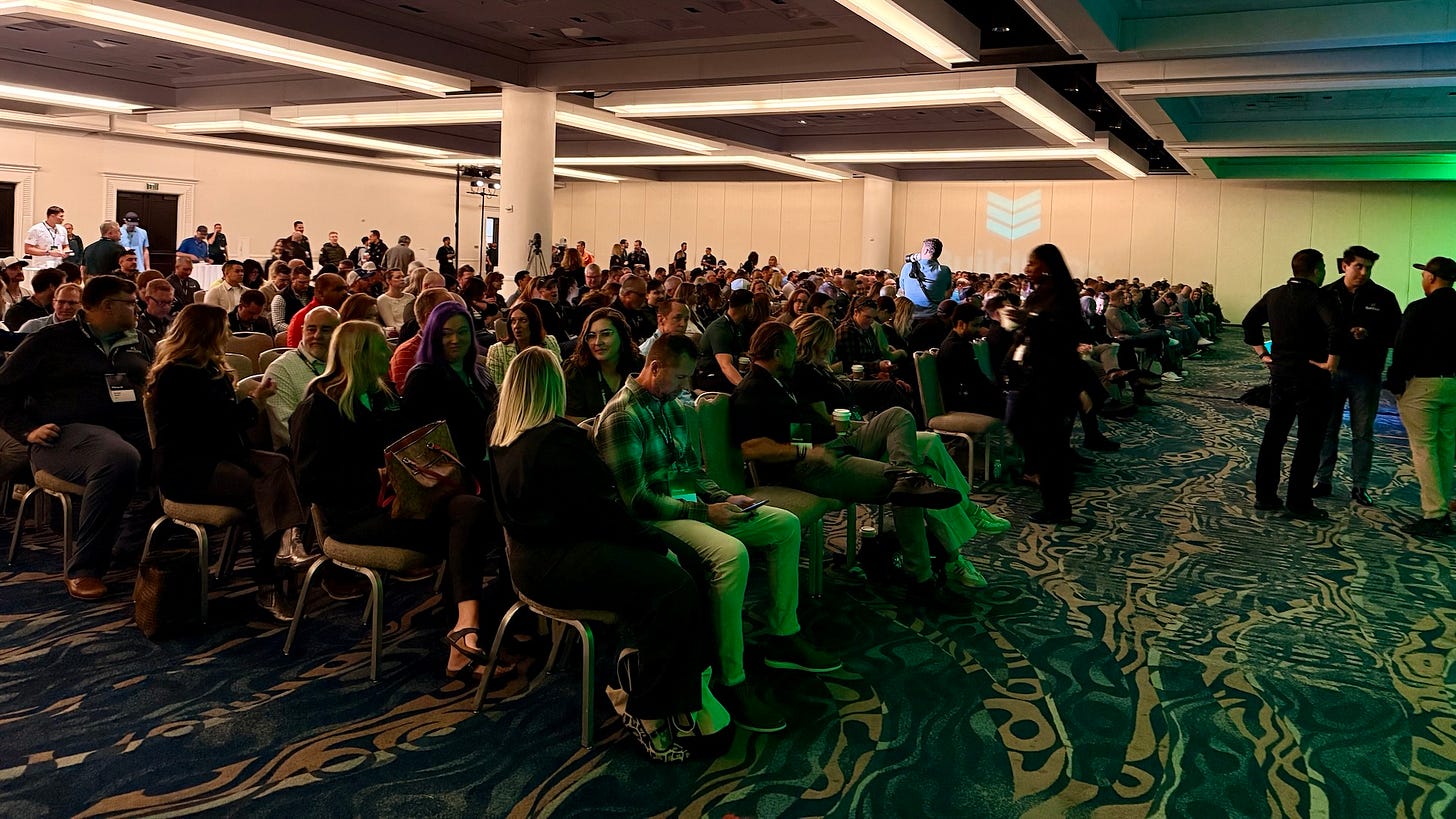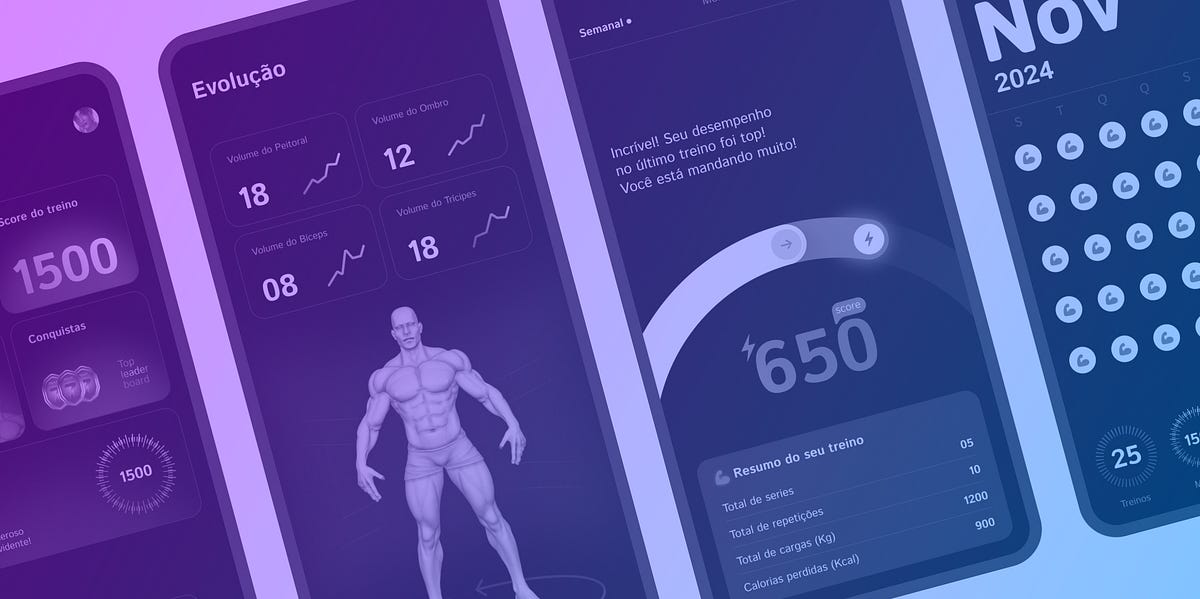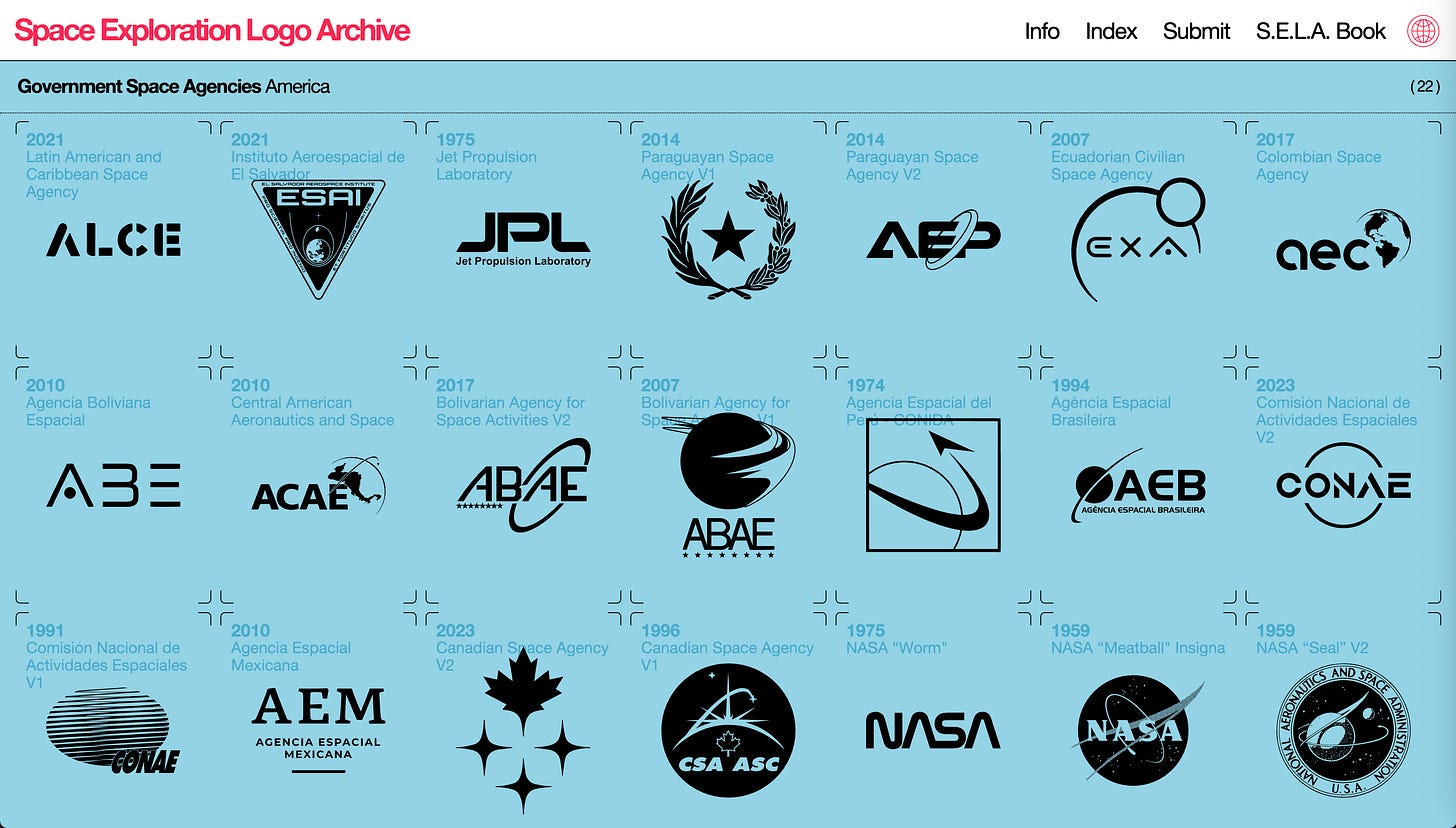Remember Who You’re Fighting For: The User
TRON (1982) was snubbed for a VFX Oscar. Behavior is our material. An archive of space exploration logos.
A funny thing happens when you go to a user conference for the thing that you’ve been working on—you feel proud.
This past week, BuildOps held our annual user conference, Forge, in San Diego. Super convenient for me since I live here. So every morning, I made my way downtown to the Manchester Grand Hyatt where I gathered with over 500 of our customers, users, and partners to confer about our product.
As designers, we often get mired in the details. Constantly clicking on “Join Meeting” buttons to align on strategy with coworkers. Moving tickets around in Jira. Doing the work around the work and, eventually, the actual work. Noses down, peeping at pixels. Sometimes talking to users.
But rarely do we get to step away and have a lot of users tell us how it’s going, sharing their insights, workarounds, wishes, and delights. The best feeling though, is when a user asks questions in a breakout session, you’re about to answer it, but another user chimes in to answer and share how they solved the problem.
It’s all akin to having planted seeds in a garden, watering it, ensuring the seedlings get enough sun, and seeing the plant finally blossom. Magical.
So whoever you’ve been designing or building for, take a step back and try to connect with your users in a group setting to see what happens.
(The views and opinions expressed here are solely my own and do not represent those of my employer, BuildOps.)
The Need for Speed: Why I Rebuilt My Blog with Astro
After months of wrangling with databases, admin dashboards, and sluggish load times, I decided it was time for a change. This week’s post dives into why I scrapped my “proper” CMS setup—built with love (and plenty of late-night debugging)—and rebuilt my blog on Astro for the sake of pure, unadulterated speed. If you’re curious what finally pushed me over the edge (and how much faster things are now), read on.
Highlighted Links
The TRON Oscar snub that predicted today’s AI in filmmaking
Ian Dean, writing for Creative Bloq, revisits the impact the original TRON movie had on visual effects and the design industry. The film was not nominated for an Oscar for visual effects as the Academy’s members claimed that “using computers was ‘cheating.’” Little did they know it was only the beginning of a revolution.
Behavior is our medium
Writing for UX Collective, Filipe Nzongo argues that designers should embrace behavior as a fundamental design material—not just to drive metrics or addiction, but to intentionally create products that empower people and foster meaningful, lasting change in their lives.
Space Exploration Logo Archive
Designer Davide Mascioli created a book and online archive of over 450 space exploration-related logos from around the world.
It’s a wonderful archive—pretty exhaustive—and includes a smattering of logos from science fiction (though less exhaustive there, since there are so many sci-fi properties).
What I’m Consuming
Figma’s CEO: Why AI makes design, craft, and quality the new moat for startups | Dylan Field. Dylan Field says AI lets designers work faster and explore deeper, making craft and quality the real competitive edge. Figma focuses on fast time-to-value, clear product vision, and building tools that keep simple things simple while enabling complex work. The company plans to expand its platform (like Figma Make) while prioritizing design excellence and constant improvement. (Lenny’s Podcast)
Two Paths for Enterprise AI: Retrofit or Rebuild? AI will soon let business users configure core systems by conversation instead of manual clicks. Companies can either retrofit AI onto complex legacy platforms or build new AI-native systems designed for code-first, conversational workflows. Startups that target specific workflows, capture process data, and use code-friendly architectures have the biggest opportunity. (Gordon Ritter & David Dworsky / Emergence)
Trump Is Building the Blue Scare. (Gift link) A conversation between Ezra Klein and Corey Robin. They examine how Donald Trump’s political strategy in 2025 is reviving tactics similar to America’s historical Red Scares, but now targeting the “radical left.” Robin argues that Trump’s allies are weaponizing fears of leftist influence in government, culture, and society—accelerating efforts to suppress opposing voices through firings, loyalty investigations, and public shaming, with widespread support from new coalitions including conservative minorities and tech figures. This “Blue Scare” marks a shift in rhetoric toward vengeance and retribution, echoing the punitive measures and cultural purges of earlier anti-communist eras, and highlighting a dangerous cycle where political and cultural powers on both sides increasingly adopt each other’s methods to silence dissent and reshape public life.







